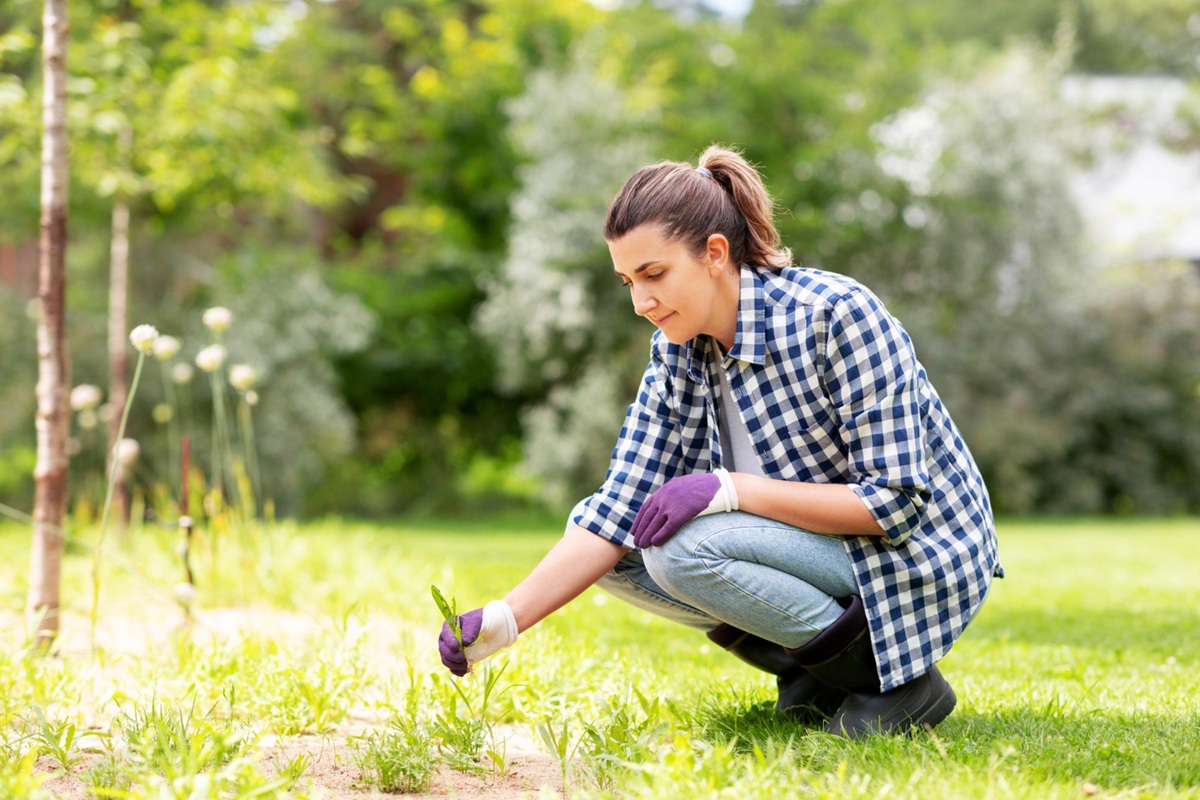Is your soil as hard as concrete, dry, and nearly impossible to work with? Don’t worry, the situation isn’t hopeless. There’s a natural and quick approach that can help you achieve soft, rich, and easily cultivable soil in just a few days.
It’s often mistakenly believed that only heavy mechanical work can save compacted soil. However, there’s a solution just as effective, but much simpler, within reach.
Discovering false sowing: a clever technique to rejuvenate your soil
If your garden suffers from clay soil or periods of drought, you’ve likely noticed how challenging it becomes to grow anything. Without intervention, the development of plants stagnates and the soil’s microbial life gradually disappears. This is where false sowing comes into play.
False sowing involves preparing the soil just as you would for traditional sowings, but without actually planting anything. What’s the point, you might ask? It triggers the germination of dormant seeds in the soil, mainly weeds, allowing you to eliminate them before they multiply. But that’s not all!
By watering adequately after this false sowing, you promote deep moisture in the soil. This process immediately stimulates the biological activity of the soil, fueled by ideal humidity.
How to effectively implement false sowing at home?
To successfully apply this technique with ease, here are the essential steps to follow:
- Shallow tilling of the soil: Start by gently breaking up the hard surface crust to allow water to penetrate deep.
- Generous watering: Provide a generous amount of water to keep the soil moist, promoting rapid germination of unwanted seeds and reviving soil microorganisms.
- Quick removal: As soon as the young shoots of weeds appear, remove them manually or with a hoe, avoiding any chance for the weeds to take over your space.
Pairing false sowing with fine, moist mulch for optimal results
After performing false sowing, it’s crucial to complement your work with a fine mulch, like a light layer of mowed grass or well-rotted compost. This type of mulch offers immediate benefits:
- It acts as a protective cover, preventing rapid evaporation of water from the soil.
- As it decomposes gradually, it permanently enriches the soil while nourishing earthworms and other beneficial microorganisms.
In just a few days, you will notice a significant improvement in the soil structure. The once hard and difficult-to-work land will magically transform into a fertile substrate, perfect for your plants.
The benefits of adopting false sowing and humid mulch
It’s no coincidence that this natural technique convinces many gardeners who care about preserving the environment while achieving optimal crop yields. It represents a true alternative to heavy mechanical processes, which are often costly and harmful in the long run to the natural balance of the soil.
Here’s why this practice is ideal if you’re looking for a natural and respectful solution:
- It constitutes an ecological and sustainable solution, avoiding excessive use of chemical inputs.
- It is particularly recommended in spring or autumn, before planting root vegetables or sowing green manure.
- It’s also a proven method for facing frequent drought periods, thanks to the hydrating and protective power of humid mulch.
Preventing negative consequences of droughts through false sowing and mulch
Do you live in a region where drought is common? Know that this method proves particularly useful. The humid mulch effectively retains water, thereby reducing the need for intensive watering.
Furthermore, false sowing facilitates water access for the roots by improving the soil’s porosity and drainage. Your plants maintain good development conditions, even under prolonged water restrictions.
And you, were you already familiar with the technique of false sowing? Have you tried it in your own garden? If so, share your feedback in the comments! If not, are you tempted by this simple and natural method to enhance your soil? We look forward to your thoughts!
I’m a disabled, xennial Christ-follower, slightly off kilter (but aren’t all “ar-teeests”?).
Hope you enjoy my rantings, don’t take my sarcasm too seriously and know that comments are welcome. 🙂


Leave a Reply